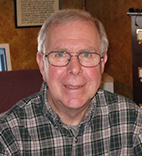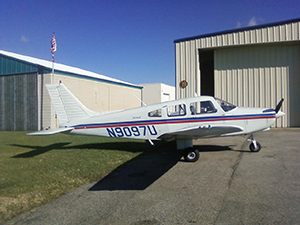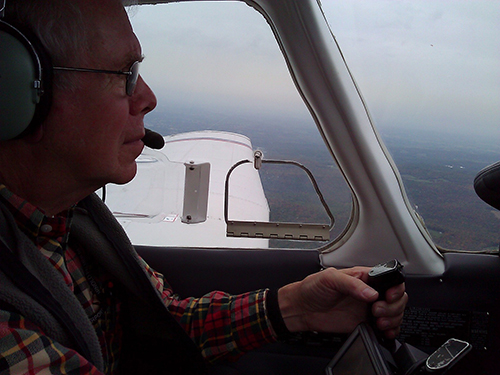What Does Doug Splitstone Like to Do When He Is Not Being a Statistician?
Who are you, and what is your statistics position?
The framed certificate on the wall of my office recognizes Doug Splitstone’s 50th anniversary of membership in the ASA. This year marks 52 years.
I began my career as a professional statistician designing metallurgical and chemical experiments and performing subsequent data analyses at U. S. Steel (USS) Research. In late 1969 or early 1970, I was asked, “What number should U. S. Steel agree to in negotiating a US Army Corp of Engineers wastewater discharge permit?” The answer to that question started me on a career odyssey that continues today. It also fixes my career of dealing with problems of the environment as predating the US Environmental Protection Agency, founded in December 1970.
It was during my tenure with USS that I also learned the intricacies of atmospheric dispersion modeling and the monitoring of air quality. Dealing with water and air discharges necessitated teaching myself the techniques of time series analysis.
Also during that period (1974), I was fortunate enough to be a member of the founding group and first chair of the ASA’s ad hoc Committee on Environment Guidelines and Standards. That ad hoc committee later became the Continuing Committee on Statistics and the Environment and has now morphed into the Section on Statistics and the Environment.
With the downsizing of the steel industry in the early 1980s, I joined—in succession—two major environmental consulting firms. This required coming to grips with the statistical issues of dealing with hazardous waste and radioactive contamination. Estimation of the extent of contamination and volumes of contaminated material required becoming knowledgeable in geostatistical techniques, as well as the sampling theory of Pierre Gy.
Twenty-four years ago, I went into independent practice. My client base largely remains major industry, their environmental consulting firms, and/or their outside counsel. I have also had the pleasure of serving on several panels of the USEPA’s Science Advisory Board.
Outside of the environmental arena, I have provided statistical support for the calorimetric calibration of a small nuclear reactor and completed several PhD dissertations in education and one in marriage counseling.
Those who have stuck with the above narrative might get the impression that my whole career has been one of learning about new things in order to help clients solve their problems. I hasten to add that my largest contribution is often getting a client to adequately define their problem.
Tell us about what you like to do for fun when you are not being a statistician.
I fly airplanes. Usually a single-engine Piper Warrior II (PA28-161).
What drew you to this hobby, and what keeps you interested?
The short answer is the urging of my son, who has been a licensed private pilot for many years. I took my first flight lesson at age 64 and earned my private pilot’s license at age 69. And it is just a neat thing to do.
Becoming a pilot requires continual learning and practice to maintain skills. In addition to continued education to become a better pilot, at 74 years young, I am pursuing an instrument rating so I can fly through clouds, as well as below and above them. Flying also provides the opportunity for a total escape. There is only one thing to think about when flying an airplane, and that is flying the airplane. Everything else has to wait until you are back on the ground and the plane is in the hangar.




















